What information do you need to include on your business card?
At first glance, this might seem like one of the most obvious of questions but it’s also one of the most commonly searched.
These days, we have so many different contact methods and ways of connecting, that it’s sometimes hard to strike a balance between what is necessary and what information is better left off.
In this post, we are going to suggest the bare minimum that should be included and to offer suggestions for how to best use the space that you have – as recommended by 123Print.
An email address
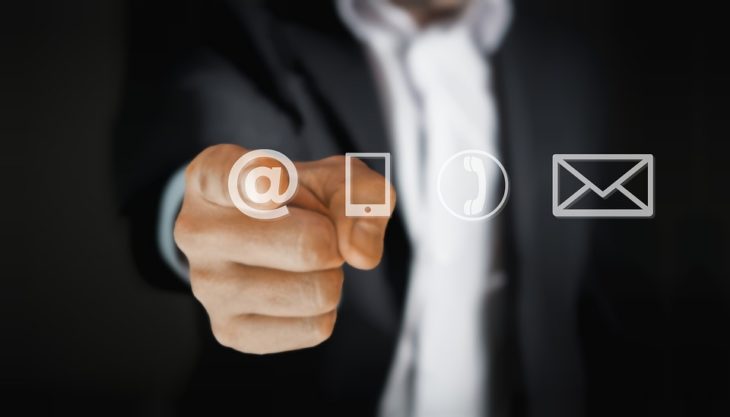
Source: Pixabay
This is pretty standard, as all business cards should definitely include your email address. However, as obvious as it may seem, it’s also worth setting some guidelines.
For obvious reasons, make sure that you include a professional sounding email address and definitely leave ‘washboardabs69’ for your personal dealings. Your business cards are an excellent way to make a fist impression, so make sure that yours is a good one with by using a suitable and professional email.
Top tip – If you’re anything like us, you will probably have more than one email address and it can sometimes be hard to know which one to use. If you run your own business, we suggest having a specific and dedicated inbox for this, perhaps contact or your first name. However, if you don’t have your domain, make sure you include and an email address that you check regularly.
Your website
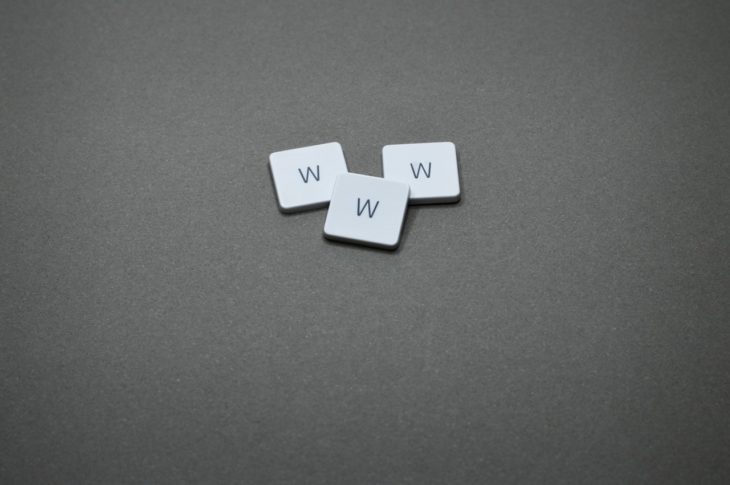
Source: Pexels
Again, pretty standard but it’ll be the easiest way for you to ensure your business cards receive any kind of results.
Always include your website on any kind of promotional material because it’ll be the first place that most people go for any additional information. In fact, most people will probably check out the website before they even contact you.
Before you include your website on your business card, make sure that you do a spot check of it first and check that everything on your website is working. If you’re going to get extra traffic on your website, you want to make sure that your website is fully functioning. It’s also worth checking that all the information is up to date and accurate, particularly, any prices or quotes that you might have.
Your LinkedIn
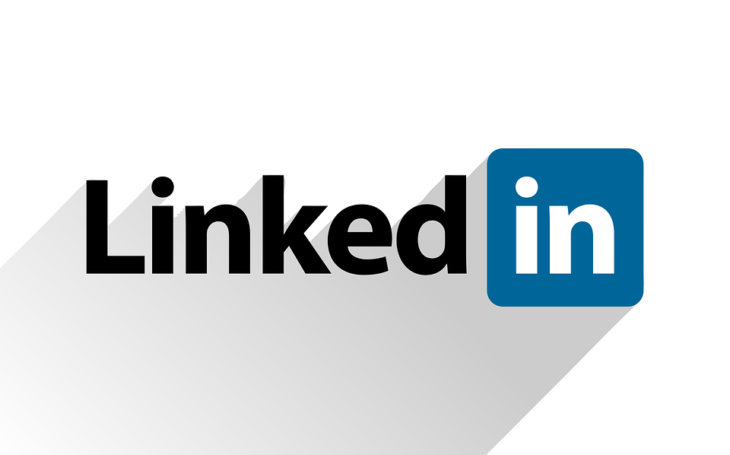
Source: Pixabay
Over the past few years, LinkedIn has seen a huge increase in the traffic that it receives and it’s increasingly becoming an important social and networking tool.
If you’re not yet on LinkedIn, you should be and if you’re business isn’t yet on LinkedIn, it should be.
It’s a quick, easy and interactive way to network and promote your businesses, so make sure that you include a link on your business cards.
A phone number
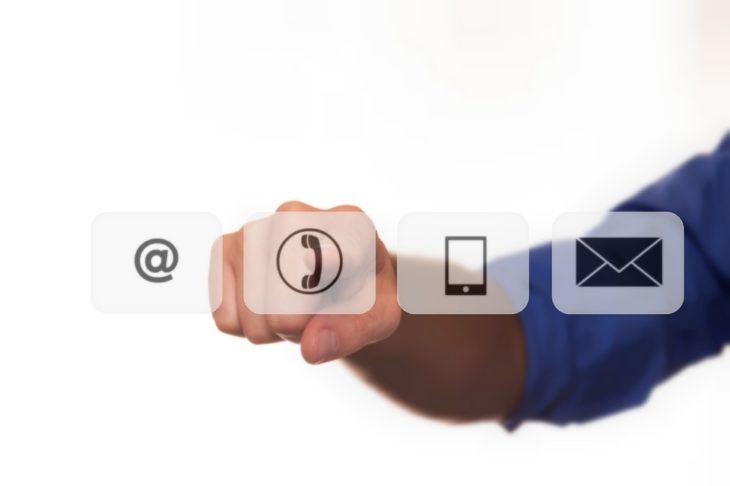
Source: Pixabay
Again, another one that might appear to be pretty obvious, but it is also one that tends to be overlooked. As we mentioned in the introduction, we have so many different ways of communicating these days that sometimes people are too quick to disregard older ones.
But phone calls still remain the easiest and quickest ways for us to reach out to each other. Especially as for most of us, our phones remain glued to our hands.
So, always make sure that you have your phone number on your business card.
Your Twitter
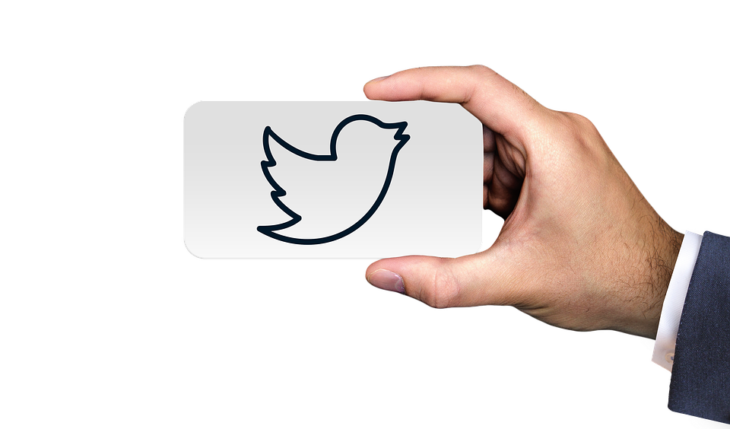
Source: Pixabay
Another modern and super convenient way for people to reach out to you but Twitter is fast becoming a hub, and key asset for the business world. This is particularly relevant if you’re a freelancer or a writer of any kind, as it allows you to share your content and portfolio.
A logo
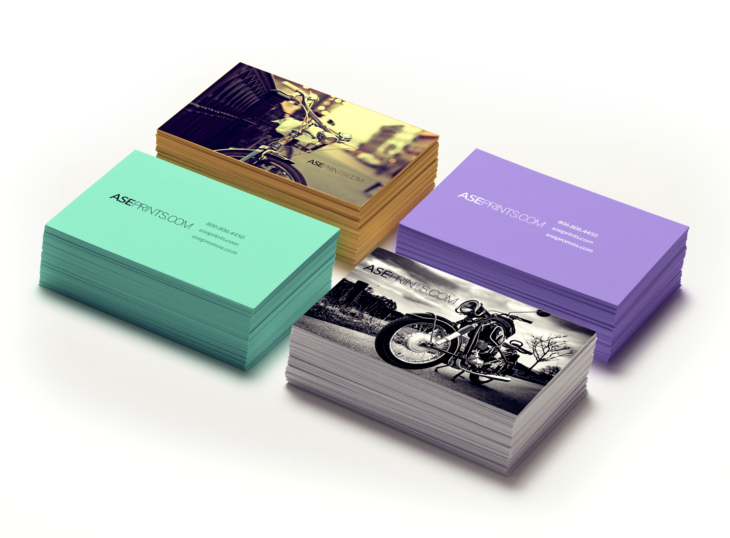
Source: Aseprints
If you have a brand or a business of any kind, it’s definitely worth including your logo on your business cards. The ultimate aim of a brand is to create instant customer recognition and your logo is the simplest way of encouraging this.
Business cards are still an important marketing tool even in a digital world. It allows you to be more personal with clients and give them the connection they need. Get started with the design and decide which type of business card you want. Put all the important information on the card and there you got yourself a great marketing tool for your business.
